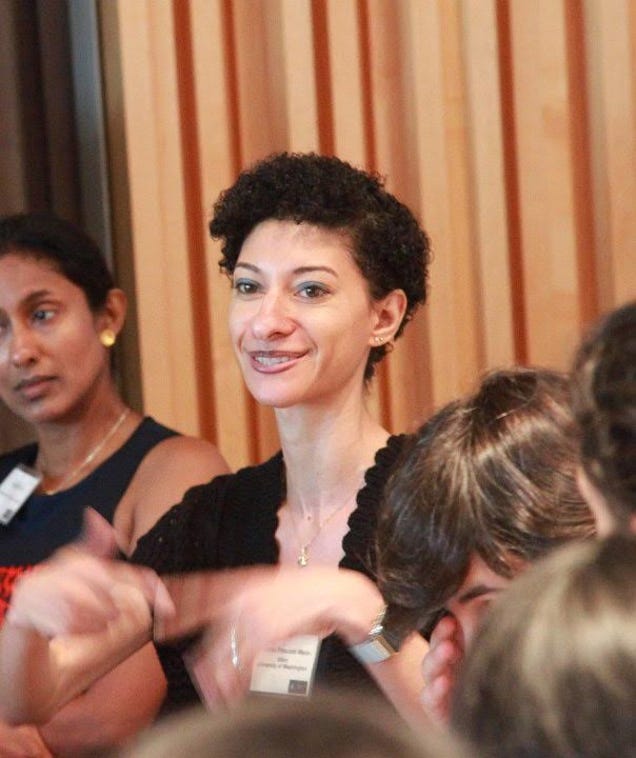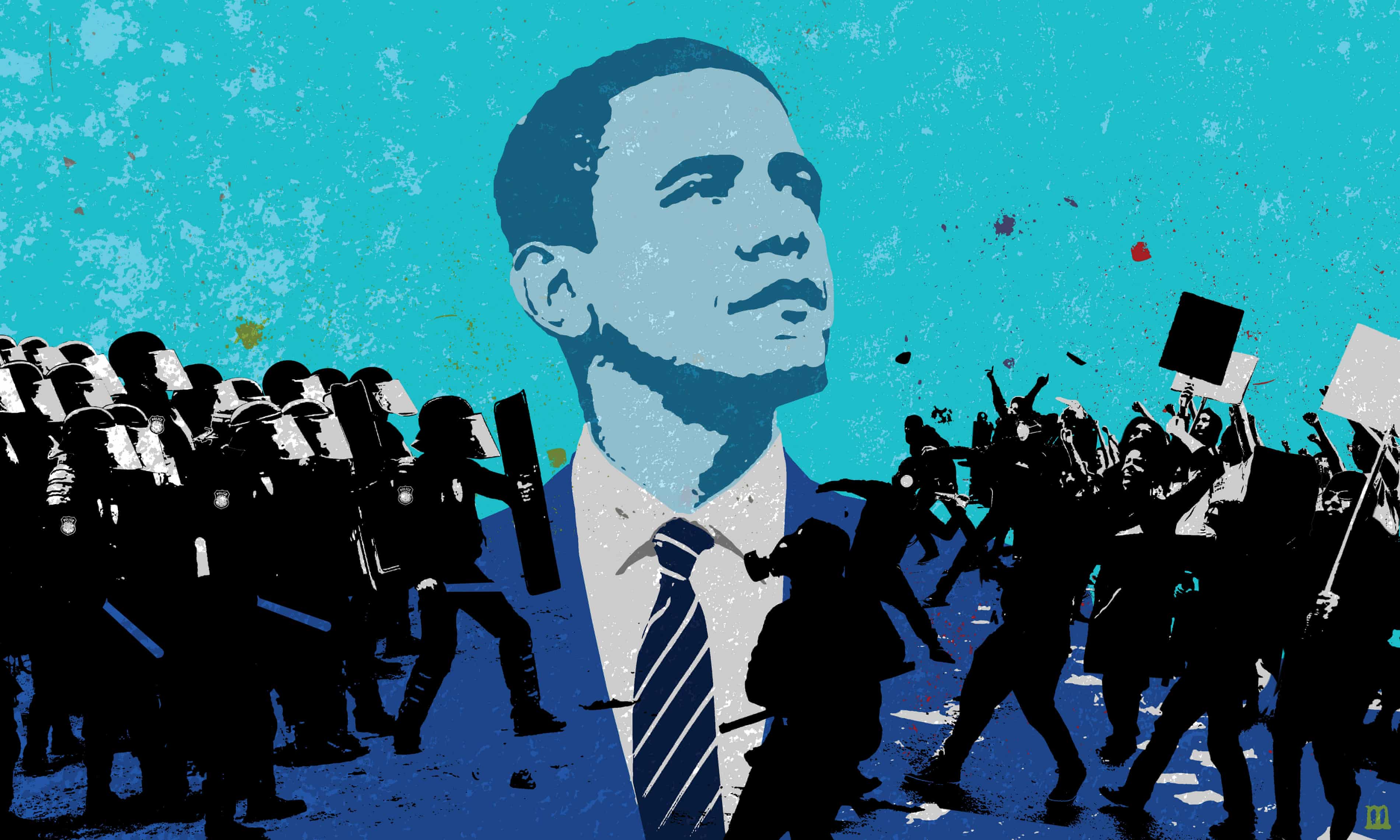Obama Tapped His Inner Krazy Kat When He Taught Us to Embrace MuttsPosted in Articles, Barack Obama, Identity Development/Psychology, Media Archive, Politics/Public Policy, United States on 2017-01-25 20:43Z by Steven |
Obama Tapped His Inner Krazy Kat When He Taught Us to Embrace Mutts
The Daily Beast
2017-01-18
Michael Tisserand is the author of Krazy: George Herriman, a Life in Black and White.
A self-described ‘mutt,’ Obama encouraged us to think about race in ways that erased the color line. But George Herriman, another mutt, and his creation Krazy Kat were there first.
A listing of President Barack Obama’s statements about race might start with his campaign speech “A More Perfect Union,” when the self-described son of a “black man from Kenya and a white woman from Kansas” said that the idea that this nation is greater than its parts is seared into his genetic makeup.
During his presidency itself, there were the elegant “remarks by the president on Trayvon Martin,” when Obama imagined aloud how the slain Martin might have been his son, and the stirring eulogy for the Reverend Clementa C. Pinckney, slain during the South Carolina church shooting.
Yet history should not neglect a more offhand comment delivered in late 2008 when the then president-elect was chatting with reporters about the family’s search for a family pet. At the time, the Obamas were considering adopting a dog from an animal shelter, although due to Malia Obama’s allergies they eventually accepted a Portuguese Water Dog from Senator Ted Kennedy…
Read the entire article here.



